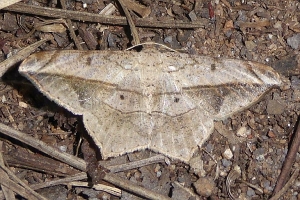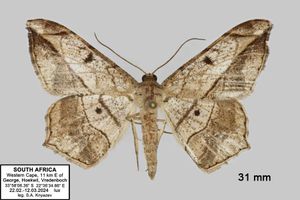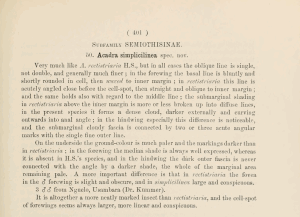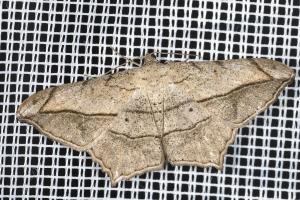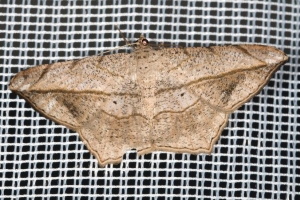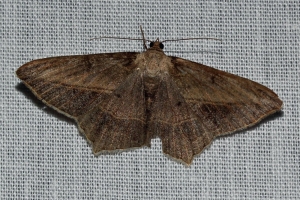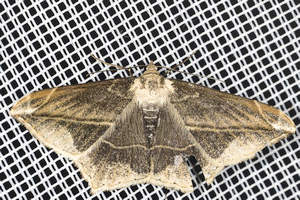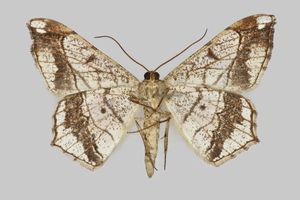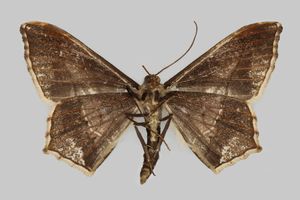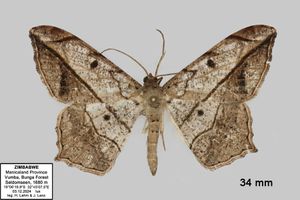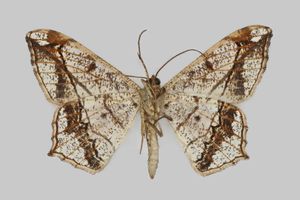Länder:

 +2Kontinente:AF
+2Kontinente:AF


 +2Kontinente:AF
+2Kontinente:AFNeues Layout der Navigation (Beta Test)
LebendfotosDiagnoseWeitere InformationenAndere KombinationenFaunistikLiteraturInformationen auf anderen Websites (externe Links)
1. Lebendfotos
1.1. Falter
1: Südafrika, Limpopo, Kurisa Moya, 1300 m, 3. März 2016, Tagfund (det. & fot.: Wolfgang Langer)Forum
2: Südafrika, Westkap, Plettenberg Bay, Fynbos Ridge Country House, Garten, 30 m, 8. November 2019, Lichtfang (det. & fot.: Peter Zahn), conf. Michel KettnerForum
3: Südafrika, KwaZulu-Natal, Oribi Gorge Nature Reserve, Restcamp, 400 m, 13. Februar 2017, Lichtfang (det. & fot.: Peter Zahn)Forum
4: Südafrika, Mpumalanga, Nkangala, Olifants River Lodge, 3. Februar 2016 (det. & fot.: Dr. Wolf-Achim Roland)
5: melanistische Form, Südafrika, Westkap, Plettenberg Bay, Fynbos Ridge Guest House, 219 m, Lichtfang, 8. November 2019 (det. & Foto: Peter Zahn), conf. Dominik HoferForum
2. Diagnose
2.1. Geschlecht nicht bestimmt
1-4: Südafrika, Western Cape, 11 km E of George, Hoekwil, Vredenboch, 33°58’06.36”S 22°36’34.66”E, 22. Februar – 12. März 2024, Lichtfang, leg. S. A. Knyazev (det. & Foto: Harald Lahm)Forum
5-6: Simbabwe, Manicaland Province, Vumba, Bunga Forest, Seldomseen, 19°06’19.9”S 32°45’07.5”E, tropischer Regenwald, 1680 m, 3. Dezember 2024, am Licht, leg. Harald Lahm & Jürgen Lenz (det. & Foto: Harald Lahm)Forum
2.2. Erstbeschreibung
1: Warren (1905: 401) [nach Copyright-freiem Scan auf www.biodiversitylibrary.org]
3. Weitere Informationen
3.1. Andere Kombinationen
- Acadra simplicilinea Warren, 1905 [Originalkombination]
- Semiothisa simplicilinea (Warren, 1905)
3.2. Faunistik
Nach [Global Biodiversity Information Facility] kommt die Art in Südafrika, Tansania, Malawi, Simbabwe, Äthiopien und Swasiland vor.
Locus typicus gemäß Erstbeschreibung: Nguelo, Usambara.
(Autor: Michel Kettner)
3.3. Literatur
- Erstbeschreibung: Warren, W. (1905): New African Thyrididae, Uraniidae, and Geometridae. — Novitates Zoologicae 12: 380-409.



